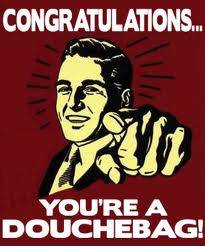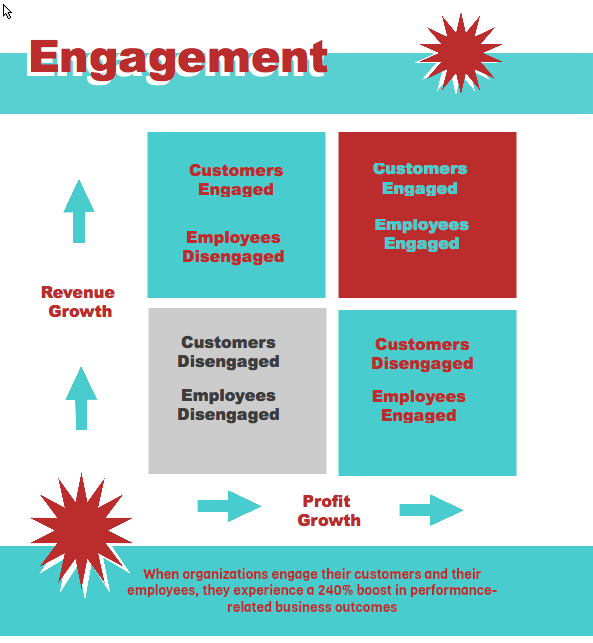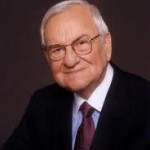by Charles Plant | Nov 13, 2012 | Emotional Intelligence
I’m playing with this idea of passion in business so please bear with me while I figure it out.
The way I figure it, you can have a passion for three things in business; people, products and process. (Please notice that all these words start with a P.)
People
If you have a passion for people, you’re someone who wants to make things better for other people. You want to change the world and make other peoples’ lives better. You’re likely to have strong feelings of empathy and good emotional intelligence.
Products
A passion for products means that you’re innovative, like the way products work, keen about gadgets, feeds and speeds and trying new things out. You’re probably more logical than emotional but you can get emotional about products.
Process
To have a passion about process it means that you like the way business works. You probably have a business degree, like getting things done, like plans, charts and numbers.
Your passion has a lot to do with where you end up in business, whether it is operations, marketing, finance. How far you get in business will depend on how much passion you have in multiple areas but more about that tomorrow.
by Charles Plant | Nov 9, 2012 | Leadership Development
 If there is one thing that the knowledge economy and the increase in ambiguity has foisted on us is the rise of the douchebag. You know the type, an individual who sounds great when talking but the knowledge is only surface deep and there is no ability to execute.
If there is one thing that the knowledge economy and the increase in ambiguity has foisted on us is the rise of the douchebag. You know the type, an individual who sounds great when talking but the knowledge is only surface deep and there is no ability to execute.
The problem is, with all of the technological complexity and change out there, it is hard to tell the douchebag from the expert. Suddenly, everyone is an expert. The net makes this possible and there are even all sorts of books on how to hold yourself out as an expert, even without being one.
So, here’s a guide to spotting a douchebag and separate him or her from the real expert. A Douchebag:
- Uses complex words you can’t understand in order to make himself seem more intelligent than you. An expert will use simple words so that you can understand.
- Is likely to be running around like a chicken with its head cut off, disorganized and unfocussed where an expert knows where to put the focus and doesn’t waste time.
- Is always onto the next great thing while the expert is more selective about moving on.
- Talks about concepts where an expert talks about applicability.
- Creates a flurry of activity where an expert creates results.
by Charles Plant | Nov 8, 2012 | Research
There is a great article in the Gallup Business Journal today on The Business Impact of Human Emotions. It’s an easy read so do read it. The most amazing part of it is the statistic at the end that says “that when organizations engage their customers and their employees, they experience a 240% boost in performance-related business outcomes compared with an organization with neither engaged employees nor engaged customers.”
I thought they needed an infographic to make them think further about this issue so here are my thoughts on the subject of engagement:

by Charles Plant | Nov 6, 2012 | Leaders
 So what would you do if you became CEO of a near bankrupt company? Cut staff? Improve operations? Renegotiate loans? Or instead would you take on the competitors by introducing a completely new product line, one that competitors haven’t even thought of? Turnarounds are perhaps the most ambiguous situation a leader can face. Not only is there great ambiguity but the pressure is intense, the cost of failure is high, and the risks are enormous.
So what would you do if you became CEO of a near bankrupt company? Cut staff? Improve operations? Renegotiate loans? Or instead would you take on the competitors by introducing a completely new product line, one that competitors haven’t even thought of? Turnarounds are perhaps the most ambiguous situation a leader can face. Not only is there great ambiguity but the pressure is intense, the cost of failure is high, and the risks are enormous.
That’s pretty much the situation Lee Iacocca faced when he tacked the thorny problem of rescuing Chrysler in 1978. Iacocca did all the regular things a turnaround CEO does, renegotiating contracts with car-rental agencies, laying off workers, and getting bailed out to the tune of $1.5 billion from the feds. These were not the keys though to the re-emergence of Chrysler.
Where Iacocca succeeded was in figuring out where the market for cars was going and introducing two completely new types of vehicles. While the genesis of both new cars predated his arrival at Chrysler, Iacocca gets the credit for tweaking designs and building market dominance.
Iacocca’s first innovation was the compact to mid-sized K-car line in 1981. These cars gained quick market acceptance due to their compact size, low price and front wheel drive.
The second innovation was the introduction of the minivan in 1983, an entirely new category of vehicle that sold 210,00 units in the first full year of production and have gone on to sell over 12 million units, dominating the category since inception.
The ambiguity for Iacocca was in where to allocate the company’s scarce resources. In a turnaround you can only do so much in a short period of time and it is critical to make the right decisions. Iacocca deserves all the credit he gets for his success particularly because he took the riskiest path to a turnaround by introducing two completely new types of vehicles.
by Charles Plant | Nov 5, 2012 | Research

The growth of the knowledge economy has resulted in fundamental changes in the nature of business. As we moved from a manufacturing economy we have moved away from its foundation of rationality, order, and predictability towards an economy that values change, innovation and creativity.
This has been accompanied by marked increase in conditions of ambiguity. When is an idea right or wrong? When is it complete? How much knowledge on a subject is enough?
The nature of leadership has changed with the changing economy as one of the prime requirements for leaders today is to be able to resolve ambiguity.
David Wilkinson, a lecturer at a number of UK universities has identified four different leadership styles for dealing with ambiguity and complexity.
- Technical Leadership. These leaders usually deal with ambiguity by denial or creating their own certainty. They are also more dictatorial and are very risk averse by nature.
- Cooperative Leadership. The aim of these leaders is to disambiguate uncertainty and to build teams around them to mitigate risk.
- Collaborative Leadership. Collaborative leaders have a tendency towards consensual methods of leadership. They prefer to work towards aligning team members values and getting agreement. Their approach to ambiguity is for the group to examine it.
- Generative Leadership. These leaders use ambiguity to find opportunity. They tend to be inveterate learners and innovators.
by Charles Plant | Oct 30, 2012 | Leadership Development
Last week I wrote a few posts about different leadership styles identified by Kurt Lewin in his research. In the posts I reiterated the claim that there is no one right style of leadership, just different styles that work for different types of people depending on the environment they are in. I was criticized for not explaining what style works for what type of employee in what type of environment.
As a summary, these are the three types of leadership style that Lewin Identified:
So here it is, a guide to help you pick your leadership style for the moment. If you ignored those posts and now want to know what each style means, just go back a few posts and look them up.

A Leader’s Natural Style
The third dimension in this discussion would be the type of person that the leader is. Not all leaders can handle all types of leadership styles. As a result, the choice of leader becomes critical. You can’t expect someone who is naturally a delegate leader to thrive in an environment that needs someone authoritative.
Likewise, you can’t expect an authoritative leader to be effective where a lot of delegation is required.
The number of different permutations and combinations of environments, subordinates and leaders is fairly large. This is why companies get it wrong so often. It is easy to miss matching the need with the leader.





